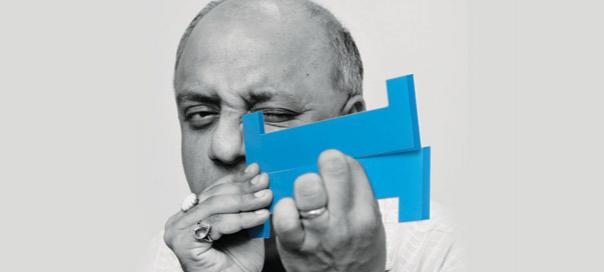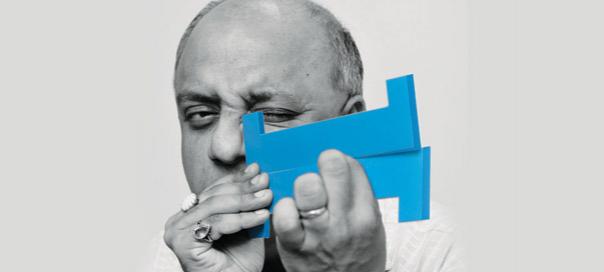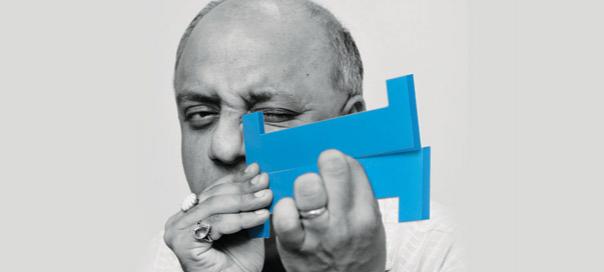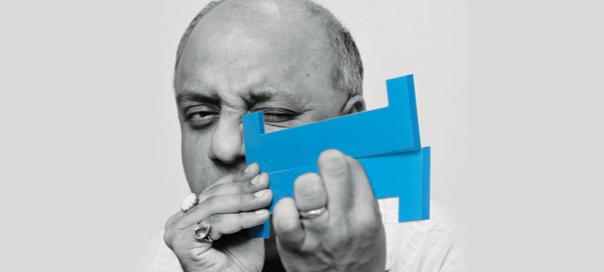You now have to decide what ‘image’ you want for your brand. Image means personality. Products, like people, have personalities, and they can make or break them in the market place. – David Ogilvy
We have all heard of the saying ‘old wine in a new bottle’. A new bottle may serve as an attention-catcher, but it will always be the true taste of the old wine that will lure a connoisseur. It seems media brands the world over have taken the combination seriously. Everyone is in a haste to present the old content in a newer look. In fact, Indian media brands are now putting new wine in even newer bottles. In the last 12 months or so, more than 15 media brands, both home-grown and international, have re-branded themselves or have undergone a makeover, some just cosmetic and some with a major overhaul. While some brands have been able to effectively communicate the change and repositioning to their viewers, readers, listeners and surfers, others, well, have made a hash of it. These are the ones who have undergone a makeover without a need, for wrong reasons, through a wrong process and, of course, got wrong results.
An anecdote that did the rounds when Lehman Brothers collapsed was that the fiasco happened due to Indian managers. Fresh out of top-seed MBA colleges, they applied the newest ideas to sell housing loans, but never thought about the repercussions, leading the 158-year-old institution to collapse. I do not give in completely to the anecdote, but believe there is some bit of truth about the attitude of managers there.
Every time a new CEO is hired, he or she attempts to leave his/her imprint in the organisation and the best, or should I say the easiest, way they find to do that is through a makeover or a new identity for the organization to project their sharp business acumen. The new identity is a manifestation of their view of the way forward for the organisation in the new milieu. But whether that always works for a media brand is a big question.
Major makeovers by age-old media brands one after another suggest a competitive trend more than a need. I wonder if there’s an SOP, charted out long term plans, audience assessments, research statistics analysed when brands undergo makeovers, especially in the Indian scenario. Audiences in our world associate themselves with a brand and it doesn’t happen in a day or two. Changing viewer pattern and fleeting audience preferences make it all the more important for a brand to think about the relationship built over years.
It is crucial for any institution to answer hard-hitting questions before bringing a change into the lives of its various stakeholders. Is the makeover an editorial-led design change with minor tinkering in people, culture and product? What has necessitated this change? Is it competition? Is it new ownership? How would the change be communicated to key stake-holders, especially advertisers and media planners/buyers? Is there a philosophical and interesting story behind this change? Would the change be accepted by internal stakeholders? What if the reaction to it is negative initially? Knowing these answers can help a brand ensure a smooth transition from old to new, else it can all go wrong. And before going for that change, managers should realise that while they are the new blood in the system, the system has been running for long.
Image is difficult to build and hard to maintain, brands must know what the makeover will do to their image. Sony Television tried to rebuild its lost image through a makeover in 2009, but the effort went in vain as most of the fresh programmes it started with the new look went off the air. Several crores have been spent by several brands to find a perfect image - MTV, Jagran Prakashan, Radio ‘Meow’, TLC, Hindustan Times, Aaj Tak to name a few... Apart from appreciation or criticism of the change comes comparison and that between Zee and Star has gained momentum in every media discussion of late. There has been an enthusiastic and mixed response to Zee taking this path. It is quite natural for anyone to compare this brand makeover with that of Star’s that happened last year and criticise or appreciate it. But it is a fact that any change is met with resistance. In a way, the change has achieved its objective, initiating conversations among people, quite important for Zee at this stage. Zee has managed to refresh itself. But Star was able to do much more than just that. The change brought the leader back in the race after losing out to Colors. And that’s my point. It was a well thought-out, long-term, much required and effective makeover. Whether Zee also achieves that is yet to be seen. The idea is that ‘M’ for makeover should be done with an ‘M’ for mind and ‘M’ for media brands.
























